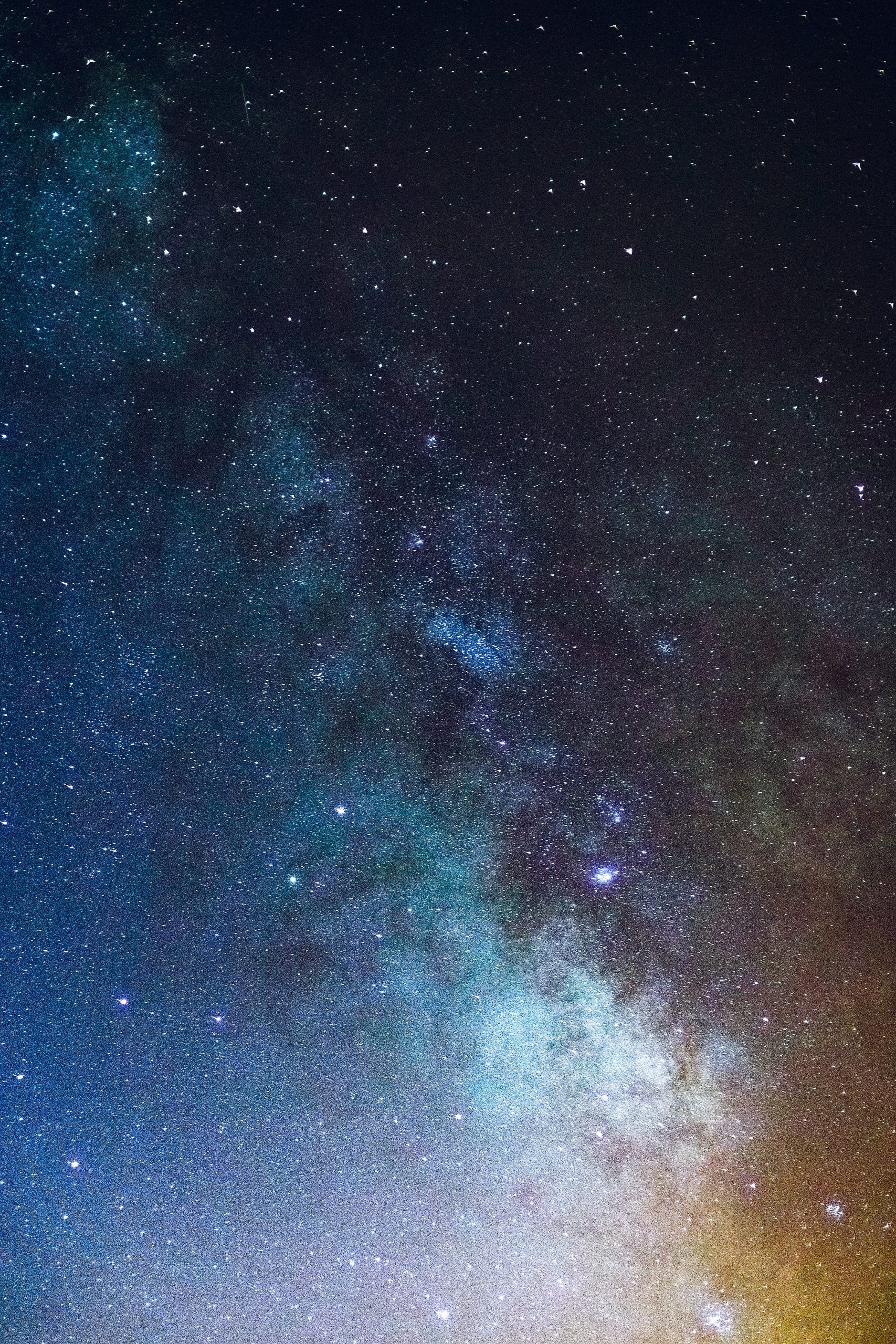Sure thing! So you’re interested in observing the Moon’s craters with a telescope, huh? Well, you’ve come to the right place! If you want to get a closer look at these fascinating lunar features, there are a few things you can do. Firstly, make sure you have a good quality telescope with a decent magnification power. This will allow you to see the details of the craters more clearly.
Next, find a suitable location for your observation. It’s best to be in a spot with minimal light pollution, so try to avoid areas with too many streetlights or other sources of bright lights. Once you’re all set up, adjust the focus on your telescope and start scanning the Moon’s surface. Look for darker patches with brighter rims – these are the craters! Take your time and enjoy the process of exploring the Moon’s fascinating terrain. Happy stargazing!
Choosing the Right Telescope
When it comes to observing the Moon’s craters with a telescope, the first step is to choose the right equipment. One of the key factors to consider is the aperture size. The aperture refers to the diameter of the telescope’s main lens or mirror. A larger aperture allows more light to enter the telescope, resulting in brighter and more detailed images. For observing the Moon’s craters, a telescope with an aperture size of at least 6 inches (150mm) is recommended.
Another important factor to consider is the focal length of the telescope. The focal length determines the magnification power of the telescope. For lunar observations, a telescope with a longer focal length is desirable as it allows for higher magnification and clearer views of the craters. A focal length of at least 1000mm is recommended for lunar observations.
There are two main types of telescopes to choose from: reflector and refractor telescopes. Reflector telescopes use mirrors to gather and focus light, while refractor telescopes use lenses. Both types can be suitable for observing the Moon’s craters, but reflector telescopes are generally more popular due to their lower cost and ability to provide larger apertures.
Setting Up Your Telescope
Once you have chosen the right telescope, it’s time to set it up for observing the Moon’s craters. The first step is to find a suitable viewing location. It’s best to set up your telescope in an open area away from trees and buildings, as these can obstruct your view. Ideally, choose a location with minimal light pollution for the best observing conditions.
Next, it’s important to carefully follow the manufacturer’s instructions for setting up your telescope. Different models may have specific instructions for assembly, balance, and alignment. Taking the time to properly set up your telescope will ensure optimal performance and minimize any potential issues.
Aligning the finder scope is crucial for locating and tracking craters on the Moon’s surface. The finder scope is a small telescope attached to the main telescope, used to pinpoint the desired objects. Aligning it involves pointing it at a distant object during daylight, such as a distant tree or building, and adjusting it until the object is centered in both the finder scope and the main telescope. This alignment will make it easier to find and observe the Moon’s craters later on.

Preparing for Observation
Before starting your lunar observation session, there are a few things to consider. Firstly, check the lunar phase. The appearance of the Moon changes throughout its cycle, with the most interesting features, including craters, being visible near the terminator, where the light and dark areas meet. Plan your observation sessions around these phases for optimal viewing opportunities.
It’s also essential to wait for optimal viewing conditions. Clear skies and minimal atmospheric turbulence will provide the best views of the Moon’s craters. Patience is key when it comes to astronomy, so if the weather conditions are not ideal, it’s best to wait for another night.
Bringing necessary accessories can significantly enhance your lunar observation experience. A moon filter can reduce the brightness of the Moon, making it easier to observe details on its surface. A star diagonal or prism can provide a more comfortable viewing angle. Additionally, a red LED flashlight will come in handy for reading maps or adjusting your equipment without disrupting your night vision.
Identifying the Moon’s Craters
To effectively observe and identify the Moon’s craters, it’s important to learn about the lunar surface features. The Moon’s surface is covered in impact craters of various sizes, caused by asteroid and meteorite collisions. Familiarizing yourself with the different types of craters and their characteristics will enhance your ability to identify them during your observations.
Start by locating prominent craters on the Moon’s surface. Prominent craters such as Tycho, Copernicus, and Plato are easily visible and often used as reference points for lunar observations. Once you have identified these well-known craters, you can begin exploring smaller and less familiar ones.
Using moon maps or software like Stellarium can greatly assist in pinpointing and identifying craters. Moon maps, whether in print or digital form, provide detailed information about the location and characteristics of lunar features. Stellarium, on the other hand, is a software program that simulates the night sky and can help you identify specific craters based on your viewing location and time.

Observation Techniques
When it comes to observing the Moon’s craters, there are a few key techniques to keep in mind. Try using different eyepieces with varying magnifications to see different levels of detail on the lunar surface. Experimenting with different eyepieces will allow you to find the best combination for observing craters of different sizes.
To get the clearest view, make sure to adjust the telescope’s focus carefully. Craters at various distances on the Moon’s surface may require slight adjustments to achieve optimal focus. Take your time to achieve a sharp and detailed image.
Filters can also be used to enhance details on the Moon’s surface. A neutral density filter can reduce the overall brightness, while color filters can enhance certain features, such as contrasting the rays of the crater Tycho. Experiment with different filters to bring out specific details and improve the overall viewing experience.
Recording Your Observations
Recording your lunar observations allows you to document your findings and track your progress over time. One common method is to sketch the craters you observe. Even a simple sketch can help capture the main features and layout of the craters. Note down any notable details, such as central peaks or crater chains, and include the date, time, and lunar phase for reference.
Taking photos or videos is another way to record your observations. Attach a smartphone or a dedicated astronomy camera to your telescope and capture images or videos of the Moon’s craters. This method allows for more detailed documentation and enables you to share your findings with others.
Keeping a log of your observations is essential for maintaining a record of your progress and discoveries. Note down the observations you made, the equipment you used, and any additional comments or thoughts you have. Over time, you can refer back to your log to compare and analyze your observations.

Sharing Your Findings
Participating in citizen science projects is an excellent way to contribute to scientific research and share your findings with the astronomy community. Several organizations and online platforms allow amateur astronomers to contribute their observations and data to ongoing studies. By sharing your lunar observations, you can help scientists gather valuable information about the Moon’s craters and contribute to our understanding of the lunar surface.
Submitting your images to astronomy websites is another way to share your findings with a wider audience. Many websites and forums provide platforms for amateur astronomers to showcase their images and receive feedback from other enthusiasts. It’s a great opportunity to connect with fellow astronomers, learn from their experiences, and inspire others to get involved in observing the Moon’s craters.
Discussing your observations with fellow astronomers is not only enjoyable but also a valuable source of knowledge and insight. Engage in conversations at local astronomy clubs or online communities and share your experiences, challenges, and discoveries. It’s an opportunity to learn from others, exchange tips and tricks, and foster a sense of camaraderie among astronomy enthusiasts.
Tips and Precautions
When observing the Moon’s craters, there are a few tips and precautions to keep in mind. Avoid observing during a full Moon, as the bright surface can wash out many details and make it difficult to see the craters clearly. Instead, aim for observing sessions around the first quarter or last quarter phases to observe the terminator, where the shadows cast by the craters provide excellent contrast.
Taking breaks during extended observation sessions is crucial to prevent eye strain. Staring through a telescope for long periods can cause discomfort and fatigue. Make sure to rest your eyes and take short breaks to prevent any strain or damage.
Protecting your telescope from dust and moisture is essential for maintaining its performance and longevity. When not in use, store your telescope in a clean and dry location, preferably in a protective case or cover. Regularly clean the lens or mirror to remove any dust or dirt that may affect the quality of the views.
Common Challenges and Troubleshooting
When observing the Moon’s craters, you may encounter common challenges such as light pollution and atmospheric distortions. Light pollution from nearby cities or bright streetlights can interfere with your observations. To minimize its impact, try observing from a location with less light pollution or use filters specifically designed to combat light pollution.
Atmospheric distortions, also known as “seeing,” can affect the clarity of your views. These distortions are caused by the Earth’s atmosphere and can make the Moon’s surface appear blurry or wobbly. Patience is key during these moments as the atmospheric conditions can change rapidly. Waiting for moments of stable seeing can greatly improve the quality of your observations.
If you experience image fuzziness, there are a few possible causes to consider. It could be due to improper focus, atmospheric turbulence, or poor collimation (alignment) of the telescope’s optics. Recheck your focus, wait for better atmospheric conditions, and ensure that your telescope’s optics are properly aligned to resolve any fuzziness issues.
Conclusion
Observing the Moon’s craters with a telescope can be an exciting and rewarding experience. By choosing the right equipment, setting up your telescope correctly, and preparing for observation, you can enhance your chances of seeing and identifying various lunar features. Experimenting with different observation techniques and recording your observations will help you improve your skills and share your passion for astronomy with others. Remember to embrace the challenges, continuously learn, and enjoy the awe-inspiring beauty of the Moon’s craters. Happy observing!











